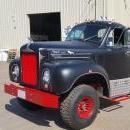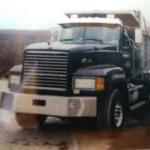Pinion setting tool for mack rears.
-
Similar Content
-
- 0 replies
- 33 views
-
- 1 reply
- 103 views
-
- 4 replies
- 242 views
-
- 6 replies
- 215 views
-
- 4 replies
- 352 views
-
-
Recently Browsing 0 members
- No registered users viewing this page.






Recommended Posts
Join the conversation
You can post now and register later. If you have an account, sign in now to post with your account.